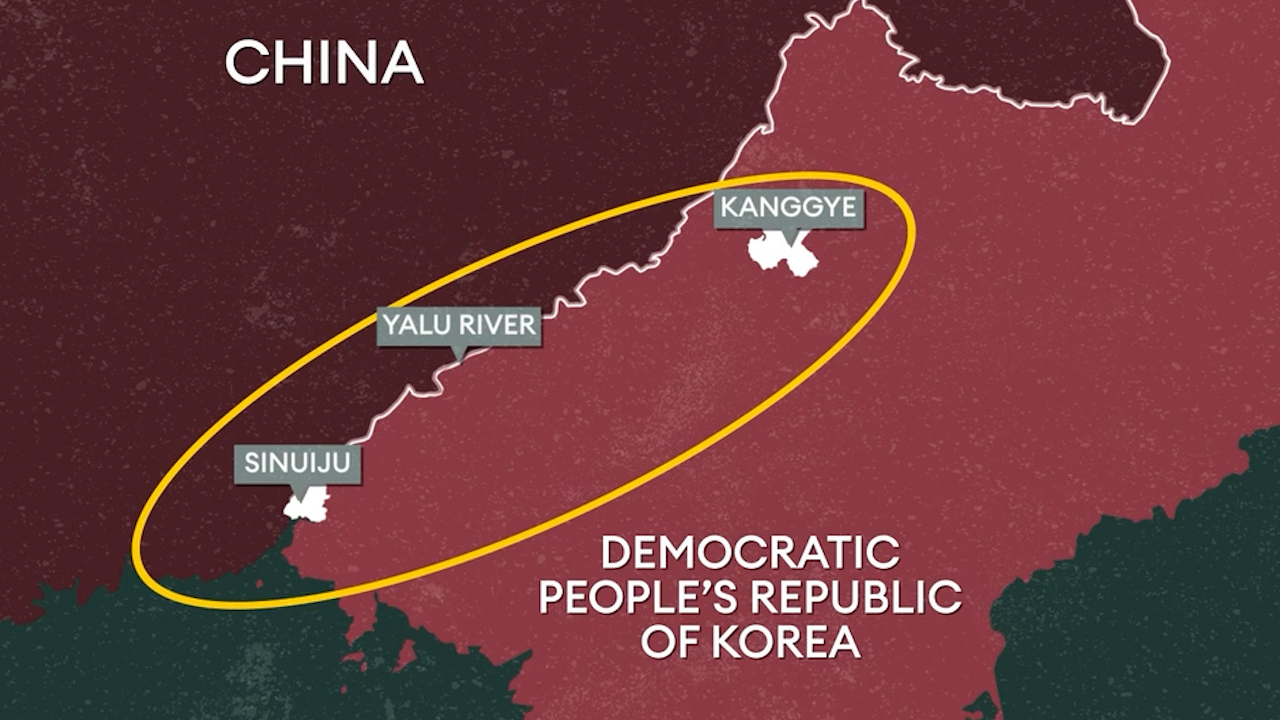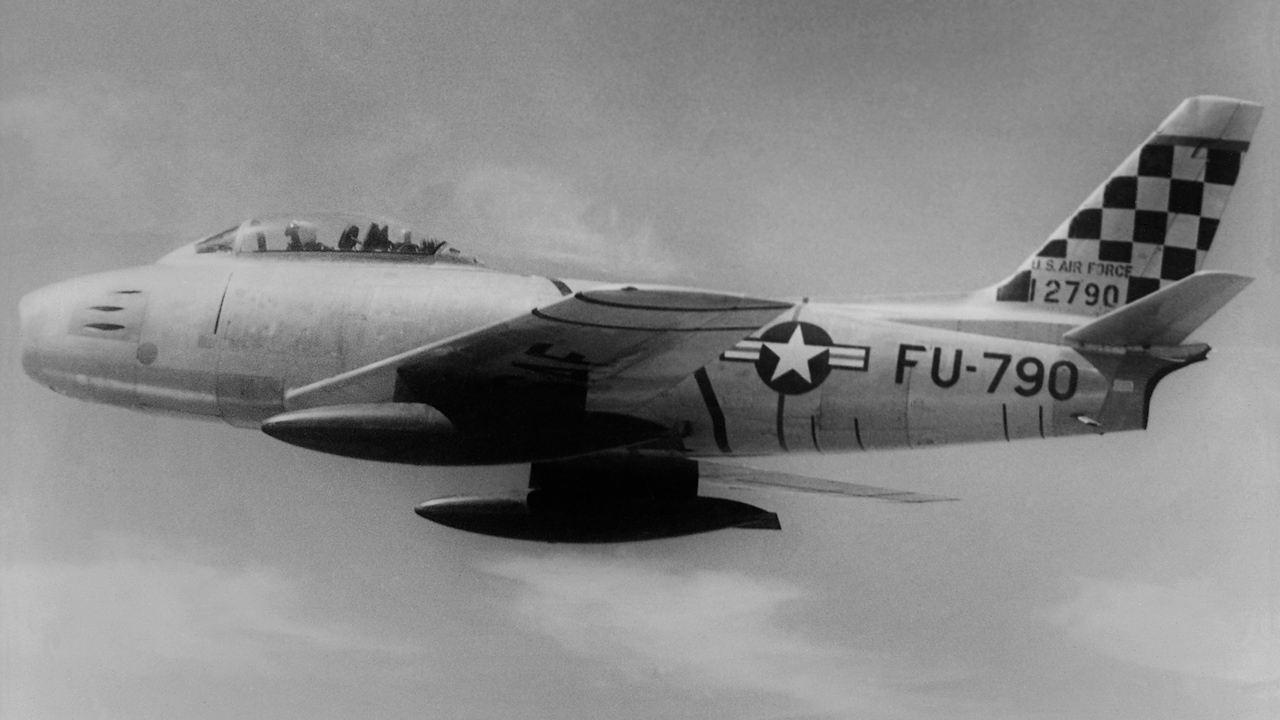The first jet v jet battles: The story of the Korean War's 'MiG Alley' dogfights
During the Korean War, America was forced to deploy its most advanced aircraft at the time to combat the Soviet MiG-15 jet, mainly in an area known as 'MiG Alley' during the first ever jet vs jet battles.
Between 1950 and 1953, American pilots found themselves struggling against North Korea's deadly MiG-15 fighter which was more heavily armed than the US aircraft.
They would often engage in dogfights in the country's northwestern areas between Kanggye, the Yalu River and Sinuiju – the area nicknamed 'MiG Alley'.
Despite having air superiority during the conflict, American B-29 bombers were attacked so regularly by the 'bomber killer' MiG fighters that the US pilots were forced to fly bombing missions only at night.
B-29 squadrons suffered heavy casualties almost immediately on the appearance of the MiG fighters, even while being provided air support from P-51 aircraft, and first-generation F-80 jets.
This forced the United States Air Force to deploy its newest and most modern aircraft at the time, the North American F-86 Sabre fighter jet, to counter the MiGs.
Many of the MiGs were secretly flown by more experienced Soviet veterans, as well as North Korean and Chinese pilots.
The MiGs could outclass American aircraft in both agility and range, but the Sabre fighters were more stable and armed with more accurate weaponry.

The MiG-15 had a top speed of 1,087km/h, and a range of 1,100m, whereas the F-86 only had a range of 835m but could reach a top speed of 1,137 km/h.
Despite American fighters being armed with six 50-calibre machine guns, they were often only able to damage their opposition's aircraft without shooting them down.
By the end of the war, the American Air Force had claimed an eight-to-one kill ratio against their Communist opponents.
This was due to the skill and experience of their pilots, as well as their F-86 fighters being more stable and having an advanced radar gun sight which proved useful during dogfights.

Korean war veteran and retired pilot Lieutenant General William Brown Jr said: "The MIGs would usually come out of, not North Korea, but come out of communist China, across the Yalu river.
"A MiG-15 that was being flown by a guy that was obviously superior to me in skill latched onto me. He was so close I could hear the sound of his guns as he fired.
"My leader came in behind that MIG and while the MiG was shooting at me, [my leader] was pouring bullets into him, and shot him down.
"Up to that point, I had no real understanding of what it meant to have some guy really try to kill you," he added.









